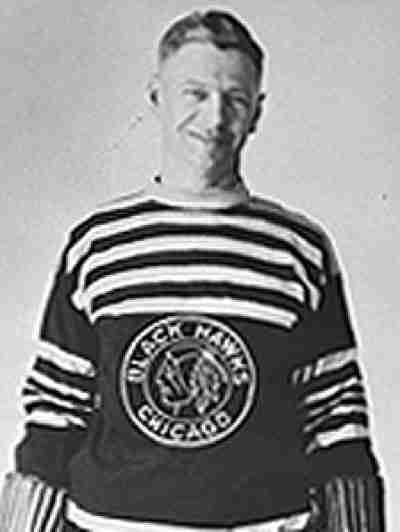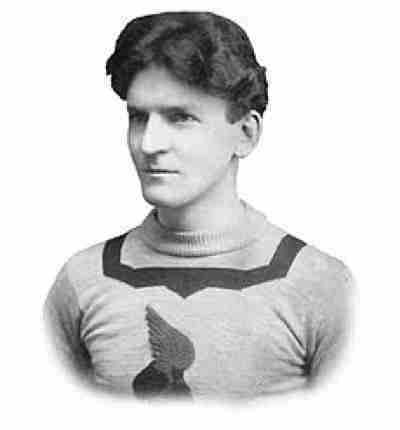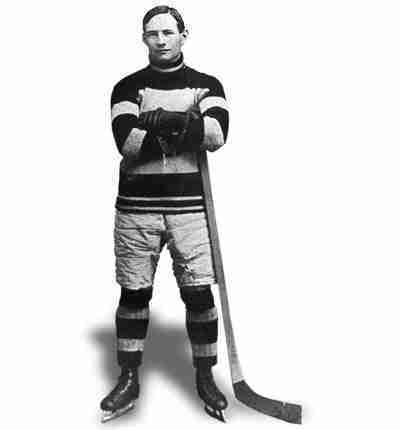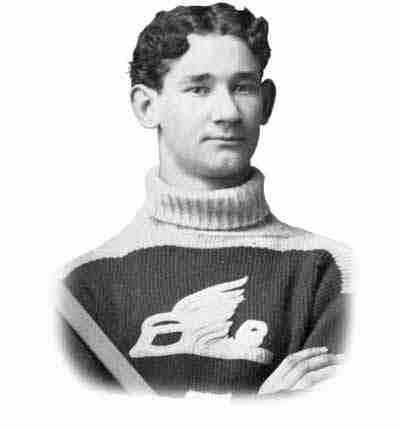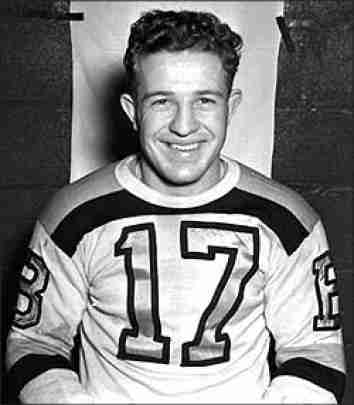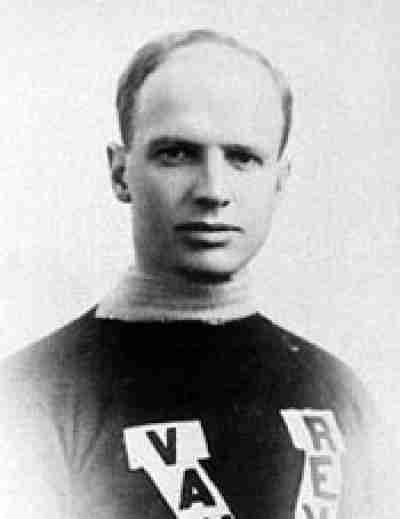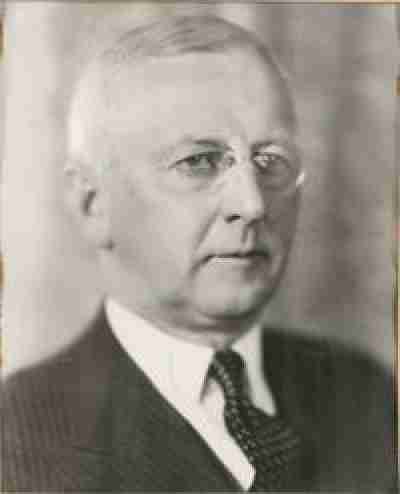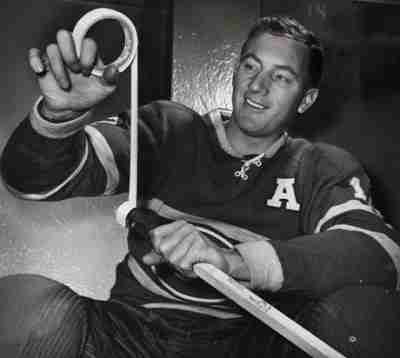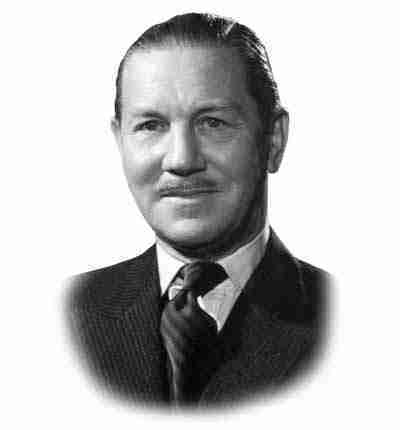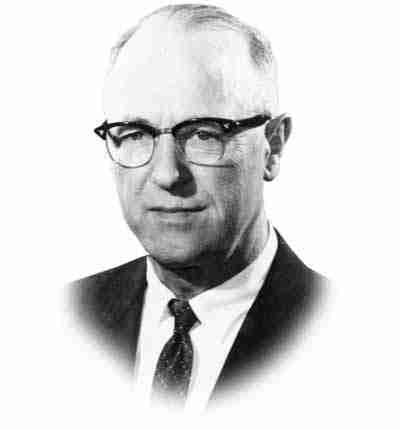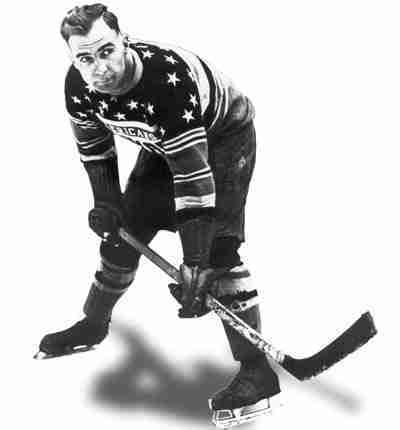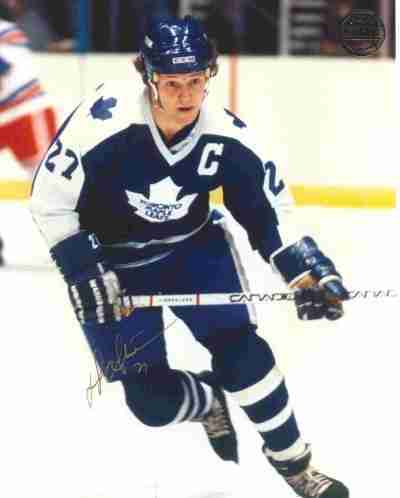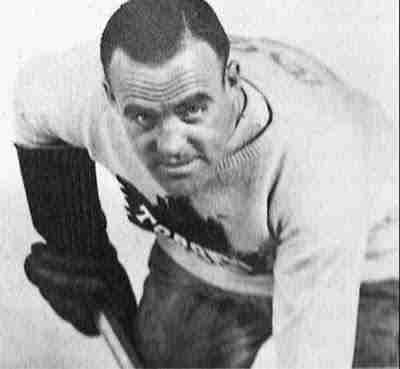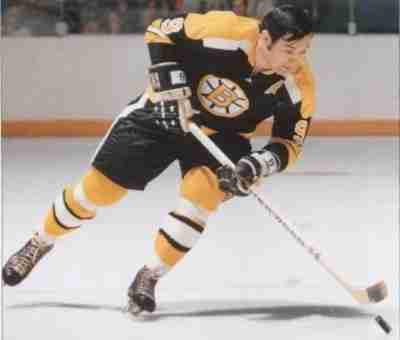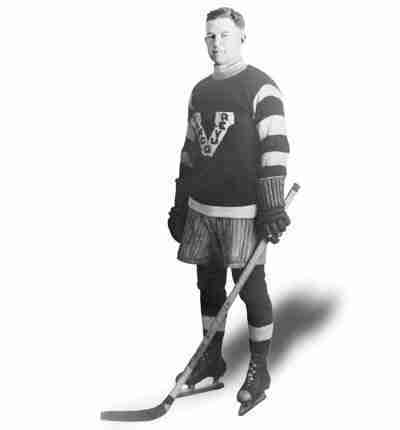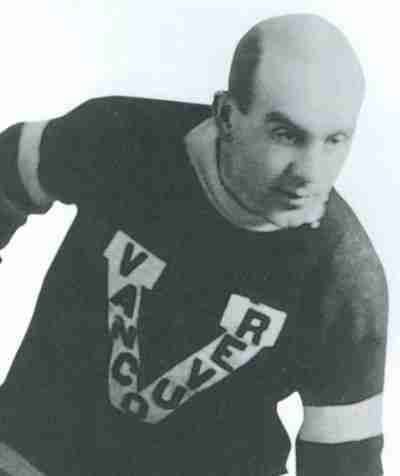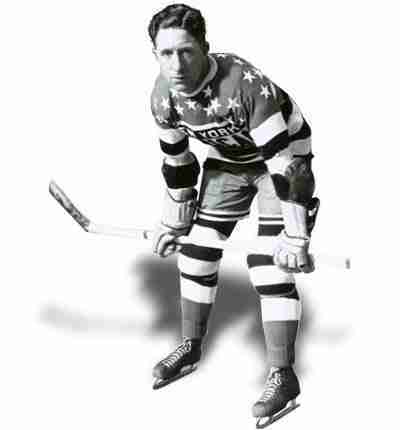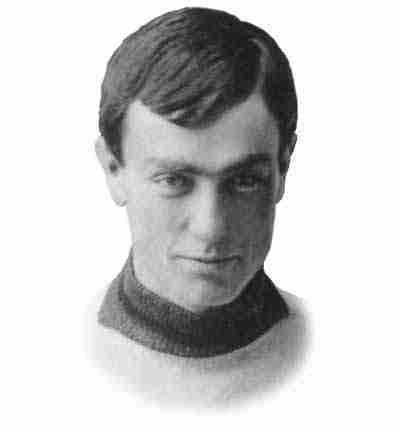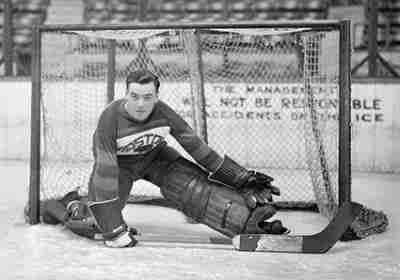Current Hockey Hall of Fame Inductees (383)
Outside of the province of Ontario, how many people are aware of the city of Kingston? Let’s take that a step further. How many outside of Canada know about this place? We will wager that it isn’t a lot, and those that answer that they heard of it, probably are thinking of the version in Jamaica instead. Now had this city on the Northeastern corner of Lake Ontario remained the home of the Hockey Hall of Fame would it have developed a bit of an international flair or enhanced reputation? Maybe it would have been more of a staple of “Canadiana”, as Kingston is the home of the First Canadian Prime Minister, and the unofficial band of Canada, The Tragically Hip. Stands to reason that it would have been a great fit for the unofficial sport of Canada (it is actually lacrosse) and the official passion of the country.With the launch of the Baseball Hall of Fame, the sport of hockey looked to follow suit. Its biggest league, The National Hockey League had a core of seven teams (which was pared down to six in 1942, when the New York Americans suspended operations) was a healthy organization, and though it was only relevant in cold weather climates, it was a sport that already had a long history, and the coveted Stanley Cup; which was then (and still is) the most impressive trophy in the entire sporting world.
The biggest proponent of an institution recognizing hockey excellence was a Canadian named James T. Sutherland. Born in 1870 (in Kingston naturally), Sutherland played as much hockey as he could and was a member of the Athletic Club of Kingston which was part of what was believed to be the first organized league the sport had. He would later form the Kingston Frontenacs, who would participate in the Ontario Hockey Association and would eventually become the Leagues president. Captain Sutherland (a rank he would achieve serving for Canada in World War I) would create the Memorial Cup; a trophy honoring those who fought in the Great War and to be given to the top Junior team in Canada. Incidentally, this is still the same trophy given to the team that wins the post season tournament in the Juniors in Canada.
Once the National Hockey League and the Canadian Amateur Hockey Association agreed to mutually put together a Hall, Sutherland (who had also served as the President of the CAHA) fought for Kingston to be its home. It was not just because he was a native of the city, but because he legitimately believed that Kingston was the rightful birth of modern hockey (which is near impossible to prove). Regardless of where hockey began, Kingston was to be pegged as its home.
Although construction had yet to begin on the facility, the first class was selected in 1945 which inducted nine players. It also had a “Builders” category which honored those who helped develop the game. As we look at those who are inducted to this institution, we will do so chronologically. Let’s take a ride on Hockey’s highway shall we?
Gump Worsley (and again, this is a name we absolutely love) may have lost more games than he won in the NHL, but that is widely due to being on some awful teams, in which he was still praised by fans for keeping those squads as competitive as they were. Gump did play for some abysmal teams in the 50’s, but in the 60’s he found…
Although he did have four seasons in the NHL (culminating in a Stanley Cup win with Boston in his final season), Mickey MacKay made his biggest dent in the PCHL where he was a solid goal scorer and helped the Vancouver Millionaires win the Stanley Cup in 1915. After starring out west for years he wound down his career in the NHL, and though he was…
Harry Trihey was a star forward for the Montreal Shamrocks at the turn of the century at a time when they dominated the Stanley Cup. Trihey’s biggest contribution to the sport of Hockey was getting his defencemen to rush the puck instead of simply shooting the puck in the air automatically. His strategic innovations alone make him Hall of Fame material.
Another player from the inaugural Hockey Hall of Fame class from Ottawa, Hod Stuart may have played on multiple teams for various leagues, but don’t confuse him for a journeyman. Stuart was a star defenseman everywhere he went, and like many in his day was a very good athlete in other sports (Stuart also played football with the Ottawa Rough Riders). By all accounts, he was…
One of the first players to turn professional, Oliver Seibert was a local legend in the Berlin (Kitchener) area. He was alleged to be one of the first players to use a wrist shot, and he was a prolific goal scorer in the old Western Ontario Hockey Association. Seibert turned professional in 1904 when he joined the Canadian Soo. His son, Earl Seibert would also become…
Despite his relatively short NHL career, we like the Veteran’s Committee induction of Bobby Bauer. He only had seven complete seasons in the National Hockey League, but his prime was taken away from his as he participated in World War II. He spent his professional career with the Boston Bruins, and was a member of the famed “Kraut Line” with Woody Dumart & Milt Schmidt…
A gifted skater, Si Griffis transcended effortlessly from the seven man to six man game. Initially a Rover, Griffis moved to Defence and was among the best in his day. The American born (yet Canadian raised) player first became a star in Northwest Ontario leading the Rat Portage (later Kenora) Thistles to prominence leading them to Stanley Cup in 1907. Later, he would ply his trade…
Initially a sportswriter whose true passion was hockey, W.A. Hewitt would become the secretary of the Ontario Hockey association; a position he would hold for nearly sixty years. He would also manage three teams for Canada to successive Gold Medals in the Olympics. Hewitt was a vital part of hockey’s growth in Toronto and was the longtime Manager of Attractions of the new Maple Leaf Gardens.
Dickie Moore was a big part of that loaded Montreal Canadians dynasty of the late 1950’s. On the same line with the Richard brothers (Maurice & Henri), Moore was not just along for the ride as he was a two time Art Ross Trophy winner for leading the National Hockey League in scoring. Moore was not just a goal scorer and a playmaker as he was…
Hartland Molson (Yes, Canadians, he is from THAT Molson family) would become the President and Chairman of the Montreal Canadians and under his watch, the Habs became the most valuable commodity in the sport of Hockey. Molson also worked on behalf of the NHL Finance funds and was a big part in owner/player relations. Maybe, Gary Bettman could have used him the last twenty years.
Born in Canada, Al Leader moved to the United States and eventually worked his way to Seattle, Washington and became an on ice official and administrator for the Seattle City Hockey League. He would also Coach and General Manage teams within the league and by 1940, he would form the Defense Hockey League which comprised of five teams in Seattle and Portland, and later he would…
Named Canada’s best athlete in the first half of the 20th Century, “The Big Train” Lionel Conacher excelled at every athletic endeavor he tried. Conacher was a latecomer to Hockey, as he only picked up the game at the age of 16, and though he would become very good, he still considered it his “weakest sport”. Conacher did not turn pro until the age of…
Best known for a still standing NHL record of ten points in a game in 1976, Darryl Sittler was a lot more than just that dream performance. He was an accomplished offensive player who twice topped the 100 point mark while playing for the Toronto Maple Leafs and was the leader of that team through the 1970’s. He was a consistent scorer, but naturally became…
King Clancy’s overall career in hockey is staggering. A very good defenceman for the Ottawa Senators and the Toronto Maple Leafs, Clancy was a three time Stanley Cup winner and a four time Post Season All Star (two on the first team, two on the second) and was a fan favorite for his tenacious and feisty play. After his career on the ice ended, he…
Playing the vast majority of his career with the Boston Bruins, John Bucyk exemplified class and skill throughout his lengthy NHL career. Bucyk may never have been considered the best Left Wing during his day (as evidenced by only two All Star Selections) but he was a very consistent producer and retired ranked number four in points when he retired.
The only man who is on the Stanley Cup as a player, Coach and a General Manager, Jack Adams may have been inducted as a player in 1959, but if the Hall allowed for multiple inductions, Adams would have been enshrined as many times as he appears on the Cup.
One of the early stars of organized hockey, Cyclone Taylor was a prolific scorer and a great two way player. He would lead his respective league in scoring on multiple occasions and would twice be part of Stanley Cup winning teams. As such, Taylor was rewarded with an early induction to the Hockey Hall of Fame in 1947.
Okay….we are a little befuddled by this one. Red Dutton was certainly a good player (to us, anyone who makes the National Hockey League regardless of the era is a decent hockey player) but was he a Hall of Famer? At no point did Dutton ever win a championship or lead the league in any category other than Penalty Minutes. Nor was Dutton a part of…
A star with Queen’s University, George Richardson would later lead the 14th Regiment of Kingston hockey squad to three consecutive OHA finals. A good scorer and gentlemanly player, Richardson was one of the good guys of the early game. Richardson would perish in World War I serving the Canadian Armed Forces.
Another player who had a wait maybe a year longer than he should have, Cecil “Tiny” Thompson was a backstopping legend in the early days of the National Hockey League. Thompson was a workhorse who constantly won games for the Bruins and eventually helped them win the Stanley Cup in 1929. The workhorse was consistently the top netminder in multiple categories and in all likelihood should have…


